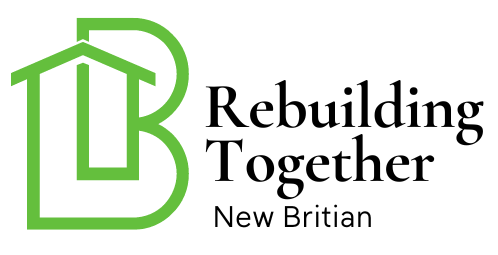Creating a safe and accessible home environment for individuals with disabilities is essential. By implementing home safety tips for disabilities, you can ensure that your living space is both secure and accommodating. This article will provide you with comprehensive guidance on how to make your home safer and more accessible for everyone.

Why Home Safety is Important for Disabilities
For individuals with disabilities, home safety is of paramount importance. Homes should be designed to reduce risks and enhance independence, offering a sense of security and comfort. By focusing on accessibility and safety measures, you can greatly improve the quality of life for those with disabilities.
Understanding Different Types of Disabilities
Every disability presents unique challenges. It is important to understand the specific needs of individuals with physical, sensory, or cognitive disabilities to address their safety concerns effectively. Whether it’s mobility issues, visual impairments, or cognitive challenges, a tailored approach to home safety is crucial.
Key Areas to Focus On
1. Entryways and Exits
Ensure that all entryways and exits are easily accessible. Ramps, handrails, and well-lit pathways are essential features. Consider installing accessible fire escape plans to enhance safety during emergencies.
2. Bathroom Safety
The bathroom is a high-risk area for accidents. Install grab bars, non-slip mats, and adjustable showerheads to enhance safety. Consider using ADA requirements as a guide for bathroom modifications.
3. Kitchen Accessibility
Incorporate accessible kitchen designs by adjusting countertop heights and ensuring easy-to-reach storage. Consider using adjustable desks for added convenience.
4. Living Areas
Ensure that living areas have ample space for mobility aids. Choose furniture that is stable and easy to navigate around. Consider ADA-compliant curtain rods for ease of use.
Additional Safety Measures
1. Lighting
Proper lighting is crucial for visibility. Install motion-sensor lights in hallways and rooms to ensure safety and convenience, especially for those with visual impairments.
2. Smoke and Carbon Monoxide Detectors
Install smoke and carbon monoxide detectors in key areas of the home. Ensure that alarms are both audible and visible to accommodate individuals with hearing impairments.
3. Emergency Preparedness
Develop an emergency plan tailored to the needs of individuals with disabilities. Practice the plan regularly to ensure everyone knows how to respond in an emergency situation.
Creating an Inclusive Environment
1. Communication
Maintain open communication with individuals with disabilities to understand their specific needs and preferences. This will help in creating an inclusive and accommodating environment.
2. Assistive Technology
Incorporate assistive technology such as voice-activated devices and smart home systems to enhance accessibility and independence.
3. Community Resources
Utilize community resources and support networks to stay informed about the latest advancements in accessibility and home safety.
Conclusion
Implementing home safety tips for disabilities is essential for creating a secure and accommodating environment. By focusing on accessibility and safety, you can significantly improve the quality of life for individuals with disabilities. Remember to regularly assess and update your home safety measures to ensure ongoing comfort and security.

FAQs
1. What are some basic home safety tips for individuals with disabilities?
Basic tips include ensuring accessible entryways, installing grab bars in bathrooms, and using proper lighting throughout the home.
2. How can assistive technology improve home safety?
Assistive technology such as smart home systems and voice-activated devices can enhance accessibility and independence for individuals with disabilities.
3. What should be included in an emergency preparedness plan?
An emergency preparedness plan should include clear evacuation routes, communication strategies, and a list of emergency contacts tailored to the needs of individuals with disabilities.
This article contains affiliate links. We may earn a commission at no extra cost to you.

